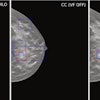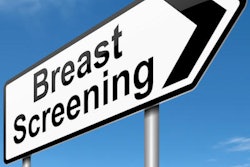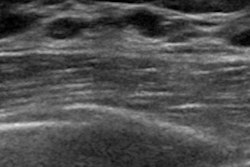Dear Women's Imaging Insider,
Opponents of breast screening in the U.K. have opened up a new front in their battle against mammography, this time criticizing the trial that is being conducted to determine whether screening should be expanded to older and younger women.
In a new article in BMJ, a team led by Dr. Susan Bewley has criticized the design of the AgeX trial, which is being conducted to determine if breast screening should be extended to women ages 47 to 49 and those beyond age 70. Bewley and co-authors believe the design of AgeX was so compromised that the data cannot be used to justify the extension of screening. Learn more in our report.
Across the Channel, French researchers have compared the diagnostic accuracy of digital mammography with that of digital mammography and digital breast tomosynthesis for identifying additional ipsilateral and contralateral breast cancer lesions in women newly diagnosed with the disease. Read about their findings.
Elsewhere, a group from Switzerland has found that a deep-learning algorithm could produce comparable performance to experienced radiologists in classifying lesions on breast ultrasound. The researchers believe that their deep convolutional neural network shows promise for mitigating reader variability and reducing unnecessary biopsies.
In a suspected case of cervical cancer, evaluating parametrial invasion can be essential to determine the most appropriate management of the patient and to improve outcome. By far the most accurate way of doing this is with T2-weighted MRI, according to investigators from Italy. Admittedly the study only involved a small sample, but the key findings are well worth a read.
Meanwhile, there's good news from the Netherlands. Investigators have used a set of clinical rules to enable many pregnant women suspected of having a pulmonary embolism to avoid unnecessary CT pulmonary angiography scans.
In Italy, women in their mid-to-late 40s have been invited to annual breast screening since 2010, but what has been the impact on recall rates? Researchers have studied the data from 1.5 million mammograms acquired between 2011 and 2015.
This letter features only a few of the news reports posted over the past few weeks in the Women's Imaging Community. Please scroll through the full list of our coverage below.



















